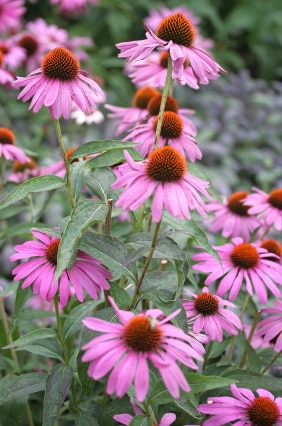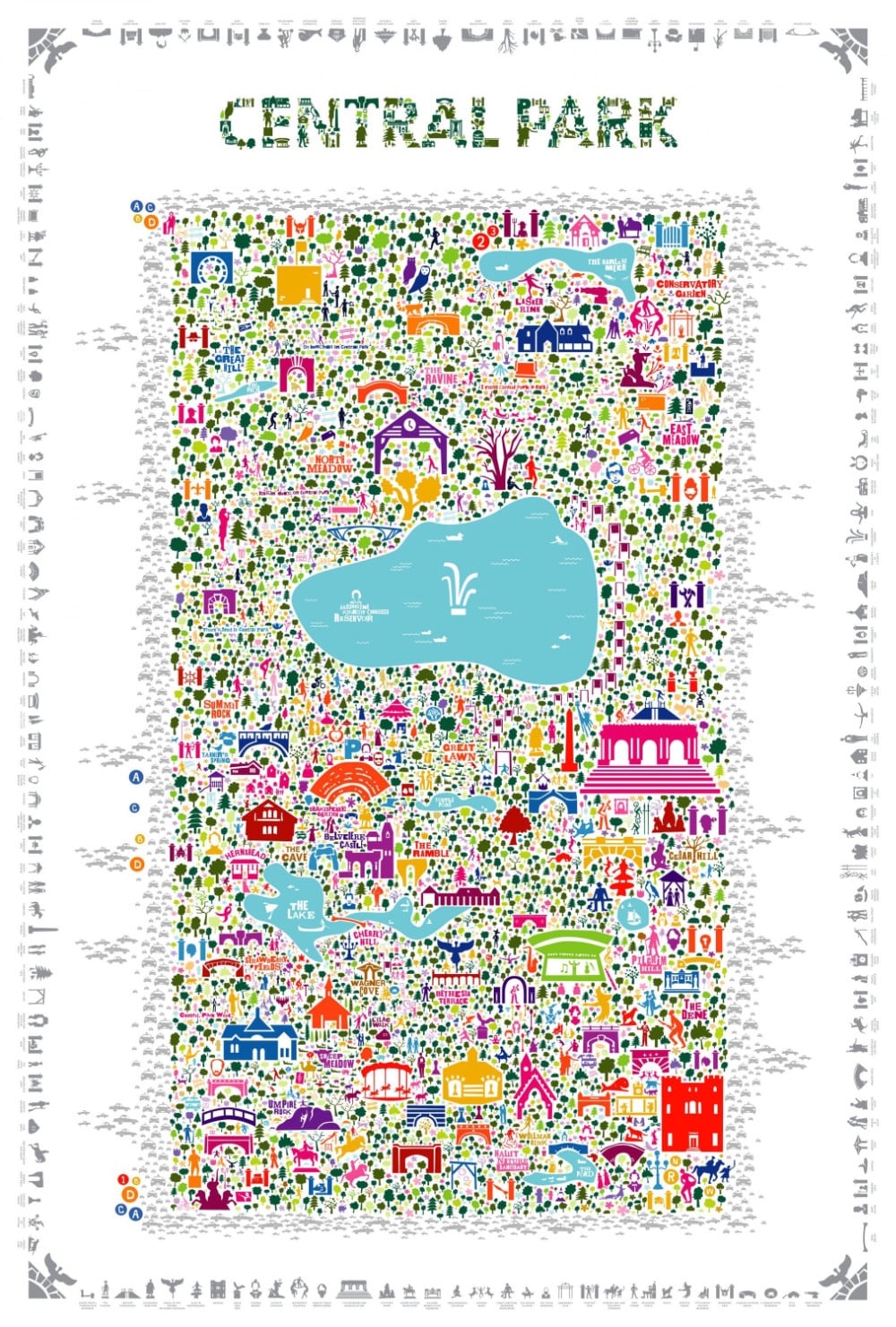Purple Coneflower (Echinacea purpurea)
The common Purple Coneflower (Echinacea purpurea) is a plant which has what could almost be described as an alternate career as a super hero. By day it is a lovely, sturdy, perennial plant, one of the signature flowers of any mid-summer garden – it being one of the most actively blooming plants during the weeks of July and August. It’s purple-petalled flowers gently swaying in the warm air, bees conveying their pollen laden valentines from plant to plant.
However – Aside from its obvious charm as an ornamental plant, the Purple Cornflower is reputed to have therapeutic value as well. For generations Echinacea has been taken as an immune system booster that has actually been proven to have significant results in combating everything from the common cold to Athlete’s Foot.
The facts – the genus name is from the Greek echino, meaning “spiny”, due to the spiny central disk. Purple Coneflowers grow from 3 to 4 feet tall on straight, coarse, hairy stems. Some newer types are only 2½ feet tall. The plants grow in clumps that spread 2 to 4 inches every year. The blossoms are 2½ or more inches across, and resemble daisies. The familiar reddish-purple petals, or “ray” flowers, surround large, dark, centers composed of numerous, densely compacted “disk” flowers. This central “cone” may black, brown, orange bronze or rust colored, depending on the variety. Flowers start to bloom in midsummer at the tips of branching stems, several to a plant. They continue for 2 to 3 months. Then the petals drop and the centers gradually enlarge, becoming dark, bristly cones as the seeds within mature.
So, whether you prize it for its beauty or its reputed therapeutic effects, the Purple Coneflower certainly embodies the ideal of every day dreaming New Yorker – well-dressed, attractive professional by day, with a life-saving (or at least sniffle stifling) alter ego after hours. Cape optional.
 Conservatory Garden
Conservatory Garden
One of the hidden wonders of Central Park is the Conservatory Garden at Fifth Avenue and 105th St. A secluded oasis, just a few steps down from one of the City’s busiest thoroughfares; the garden offers a fragrant respite from the gasp and clatter of the urban afternoon.



 Conservatory Garden
Conservatory Garden